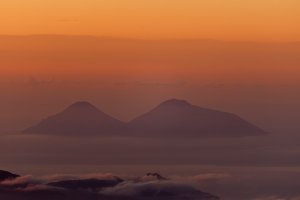Your 5DSR and R5 behave differently from mine. The 5DSR gave me great results in terms of sharp images and detail, the best I had until then, but the R5 is slightly better. This borne out by measurements -The R5 has a very well designed AA filter, but it is not "gentler" than than the "cancelled" AA filter in the 5DSR. The 5DS has a more aggressive AA filter, but the 5DSR effectively has no AA filter at all. I have both cameras and the R5 offers great detail, but not more than the the 5DSR. Shadow recovery is another matter. The R5 wins hands down.
https://www.optyczne.pl/457.4-Test_aparatu-Canon_EOS_R5_Rozdzielczość.html
https://www.optyczne.pl/312.4-Test_aparatu-Canon_EOS_5Ds__R_Rozdzielczość.html
Upvote
0


